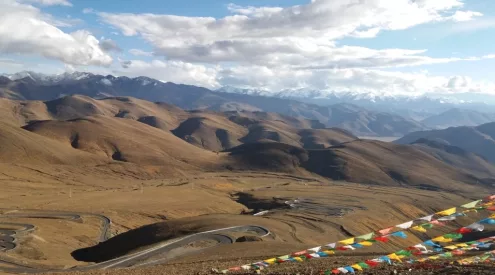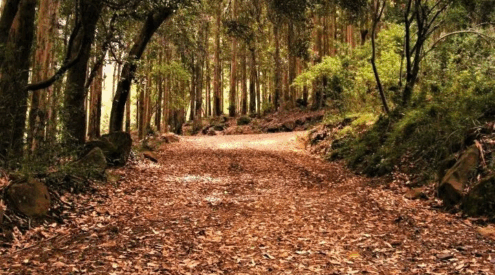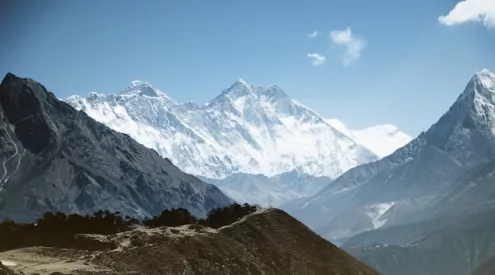The world’s largest active volcano, Mauna Loa in Hawaii, has erupted for the first time in 38 years on Sunday, 28 November (local time).
No evacuations have been ordered and the lava is currently contained, but authorities and residents are on high alert, reports the BBC.
The US Geological Survey (USGS) said that the eruption has migrated from the summit to the Northeast Rift Zone where fissures are feeding several lava flows.
‘Hawaiian Volcano Observatory (HVO) staff on an overflight … confirmed fissures [a linear vent through which lava flows] at high elevations within Hawai‘i Volcanoes National Park are feeding lava flows upslope of the Mauna Loa Weather Observatory,’ the USGS said.
‘Lava flows are not threatening any downslope communities and all indications are that the eruption will remain in the Northeast Rift Zone. Volcanic gas and possibly fine ash and Pele’s Hair [cooled lava] may be carried downwind. Based on past events, the early stages of a Mauna Loa rift zone eruption can be very dynamic, and the location and advance of lava flows can change rapidly.
‘HVO is in close consultation with emergency management partners and will monitor the volcano closely to provide further updates on activity,’ the organisation concluded.
Take a look at the footage.
Mauna Loa, the largest volcano on the planet, is erupting now on the Big Island of Hawai’i after being dormant for 38 years. Follow along to see footage captured by our team 🌋 pic.twitter.com/6busmUpXJr
— Paradise Helicopters (@Paradisecopters) November 29, 2022
Mauna Loa eruption hawaii right now pic.twitter.com/uQz5OXwTg2
— kelly (@MAGAHAWAII) November 28, 2022
Mauna Loa continues to erupt and lava has moved from the summit to the Northeast Rift Zone where, according to the USGS website, it is feeding several flows. pic.twitter.com/4GziOTgcNl
— KHON2 News (@KHONnews) November 29, 2022
Picture: Screenshot
Follow us on social media for more travel news, inspiration, and guides. You can also tag us to be featured.
TikTok | Instagram | Facebook | Twitter
ALSO READ: A different kind of wildlife encounter: honey badger vs OBS















